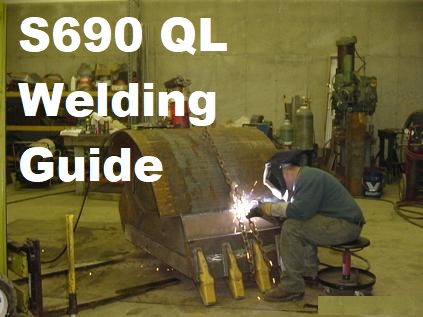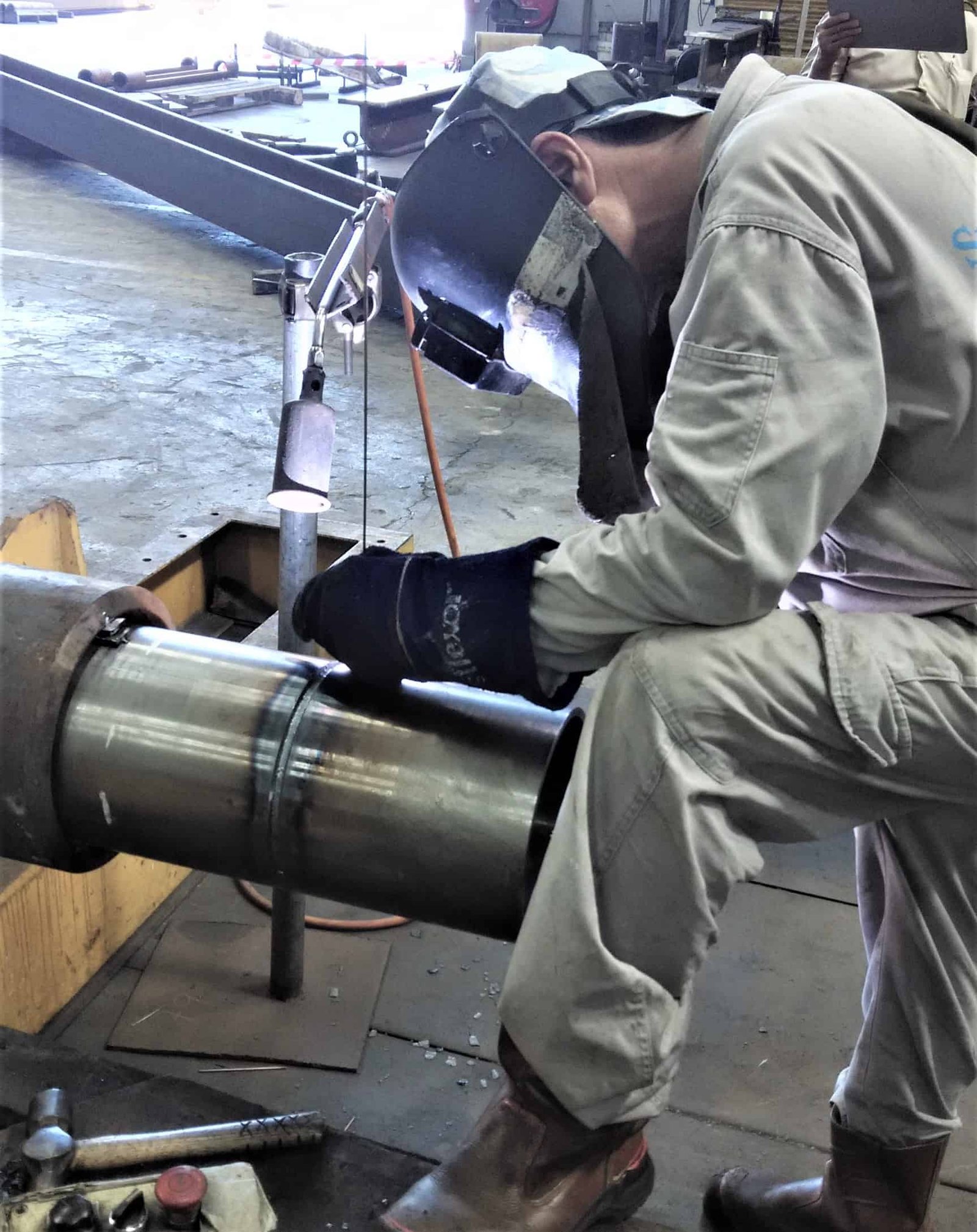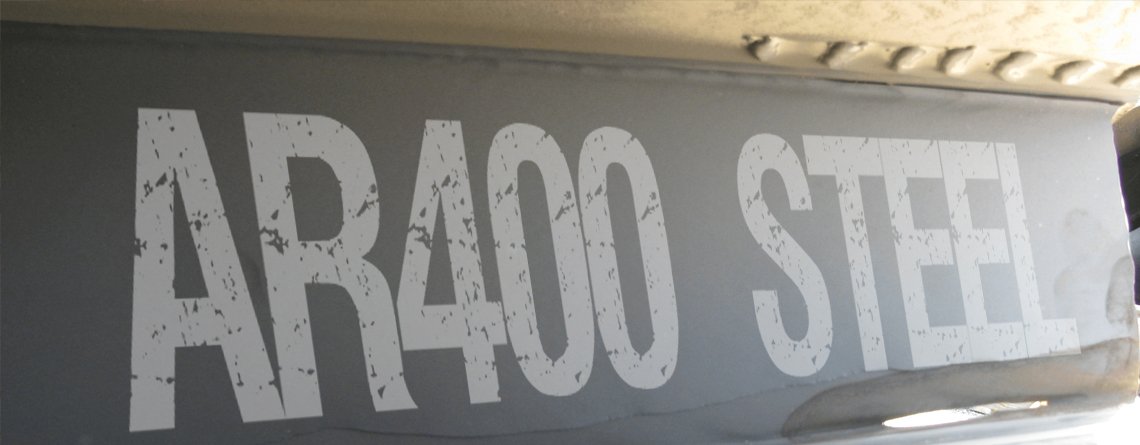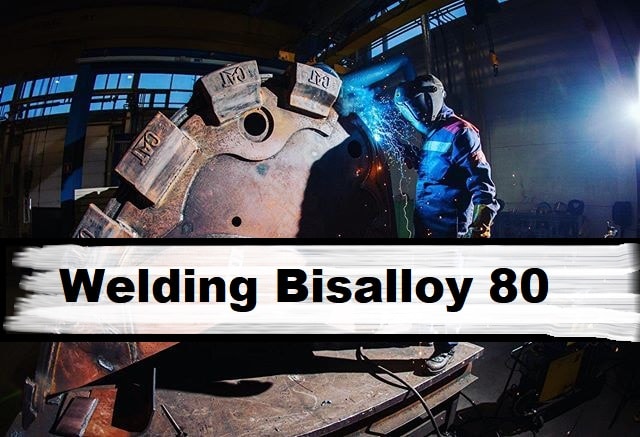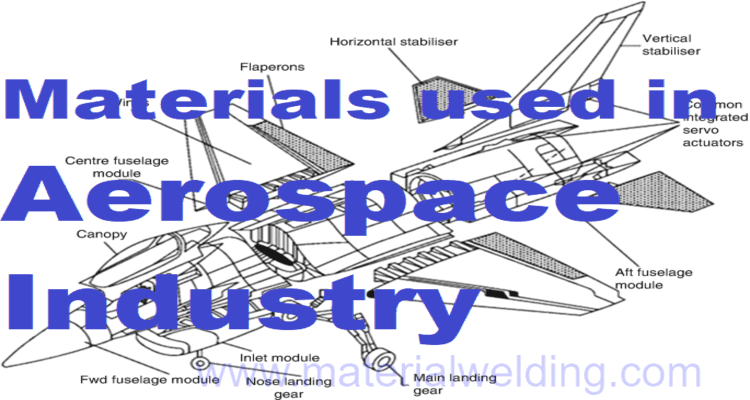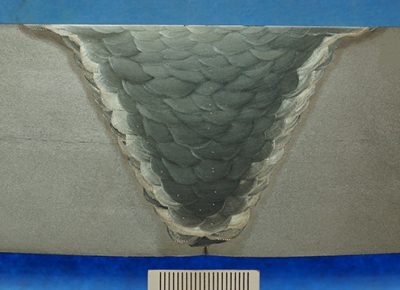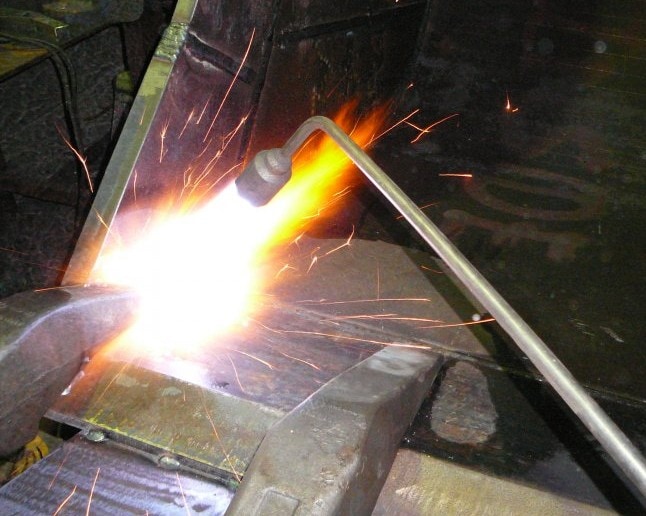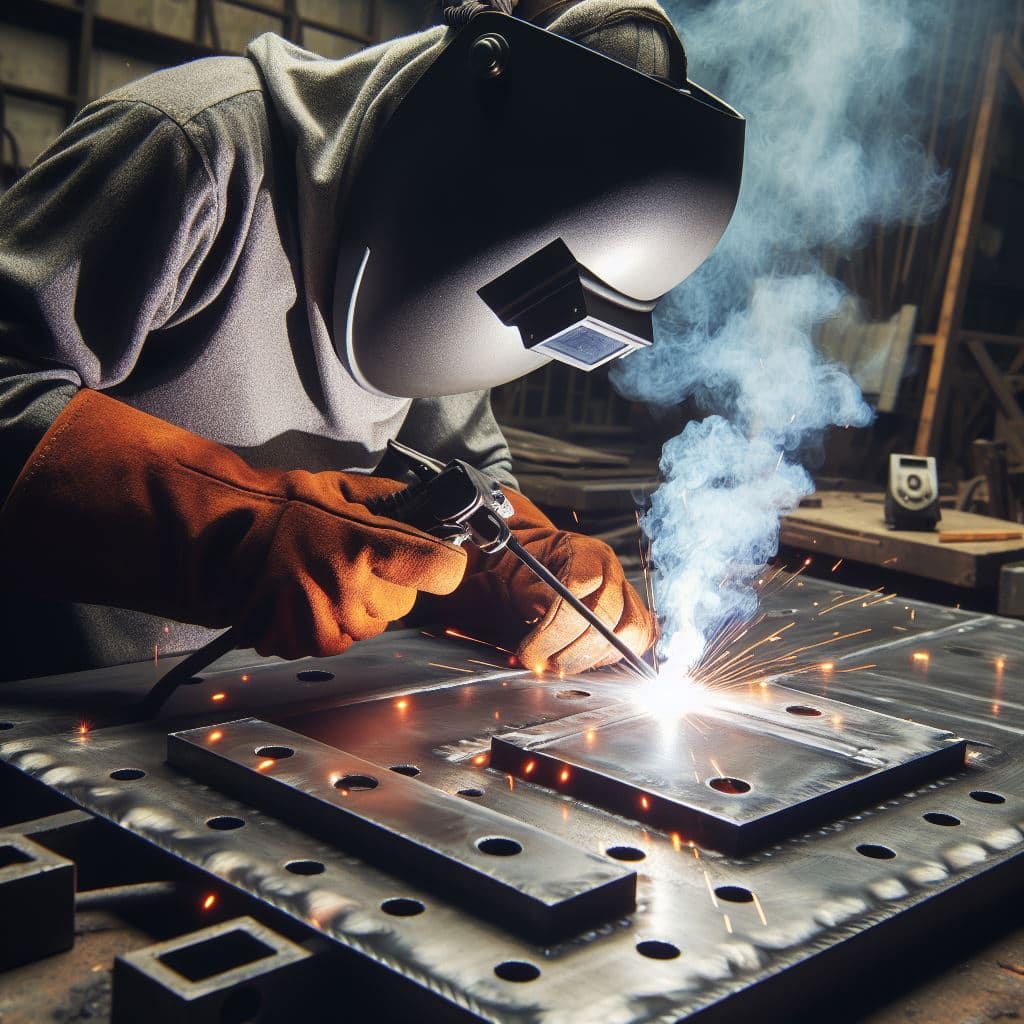Welding is a critical process in metal fabrication, and choosing the right welding procedure is crucial to ensure the structural integrity and performance of the welded joints.
In this blog post, I have covered detailed welding procedure for welding Naxtra 700 Steel from welding engineer point of view.
Understanding Naxtra 700
Naxtra 700 is a quenched and tempered high-strength structural steel known for its exceptional strength, toughness, and wear resistance. This steel grade is often used in heavy-duty construction, mining equipment, and other demanding applications where high strength and durability are paramount.
Below are the chemical compositions of Naxtra 700 Steel.
| Element | Limit (US) |
|---|---|
| Aluminum, Al | 1.5% max. |
| Carbon, C | 0.20% max. |
| Chromium, Cr | 1.5% max. |
| Manganese, Mn | 1.6% max. |
| Molybdenum, Mo | 0.60% max. |
| Phosphorous, P | 0.020% max. |
| Silicon, Si | 0.80% max. |
| Sulfur, S | 0.010% max. |
Below classification is based on the minimum yield strength of the Naxtra steel grades.
| Steel Grade | Minimum Yield Strength (MPa) | Quality | Minimum Impact Energy at -40 °C | Minimum Impact Energy at -60 °C | Thickness Range (mm) |
|---|---|---|---|---|---|
| NAXTRA | 550 | M | Yes | No | 3 to 100 |
| NAXTRA | 620 | M | Yes | No | 3 to 100 |
| NAXTRA | 700 | M | Yes | No | 3 to 100 |
| NAXTRA | 550 | Classic | Yes | Yes | 3 to 50 |
| NAXTRA | 620 | Classic | Yes | Yes | 3 to 50 |
| NAXTRA | 700 | Classic | Yes | Yes | 3 to 50 |
Pre-Weld Considerations
Before diving into the welding process, it’s essential to consider a few key factors:
- Material Preparation: Ensure that the Naxtra 700 steel surfaces to be welded are clean, free from rust, oil, and any other contaminants that could negatively impact the weld quality. Proper cleaning methods such as grinding or using a wire brush should be employed.
- Welding Equipment: Select the appropriate welding equipment based on the specific welding process you will be using. Common methods employed for Naxtra 700 include Shielded Metal Arc Welding (SMAW), Gas Metal Arc Welding (GMAW), and Flux-Cored Arc Welding (FCAW).
Welding Procedure
Follow these steps to perform a successful weld on Naxtra 700:
Welding Parameters: Weld using a qualified welding procedure specifications (WPS). Weld within the recommended welding parameters such as current, voltage, travel speed, and electrode size.
Preheating: Preheating is often recommended for Naxtra 700 to minimize the risk of hydrogen-induced cracking and achieve proper weldment hardness. Preheat temperatures typically range from 100-200°C (212-392°F), depending on the thickness and specific requirements of the joint.
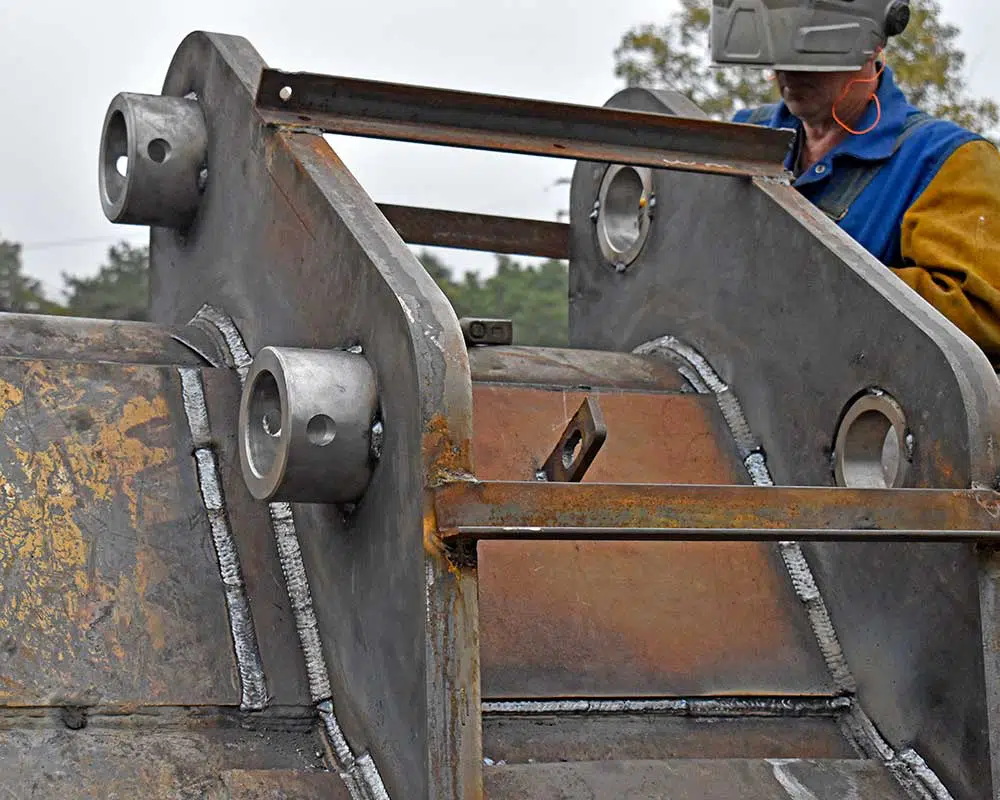
Electrode Selection: Choose an electrode that matches the mechanical properties of Naxtra 700, such as an E11018 or equivalent. Ensure the electrode is suitable for high-strength steel and follow the manufacturer’s recommendations regarding storage, handling, and usage.
Welding Technique: Employ proper welding techniques to achieve sound and defect-free welds. Maintain a consistent travel speed, control the arc length, and ensure adequate shielding gas coverage (if applicable). Use the recommended joint preparation and fit-up techniques to ensure proper penetration and fusion.
Post-Weld Treatment: After completing the weld, it is crucial to perform any necessary post-weld treatments. These may include stress relieving, heat treatment, or other procedures to achieve the desired mechanical properties and minimize residual stresses.
Conclusion
Welding Naxtra 700 requires careful consideration of various factors, including material preparation, welding parameters, electrode selection, and post-weld treatments. By following the recommended procedures and guidelines, you can achieve strong and reliable welds in this high-strength structural steel.
Remember to always refer to the manufacturer’s recommendations, welding procedure specifications, and industry best practices to ensure the highest quality welds and maintain the structural integrity of your Naxtra 700 welded joints.
